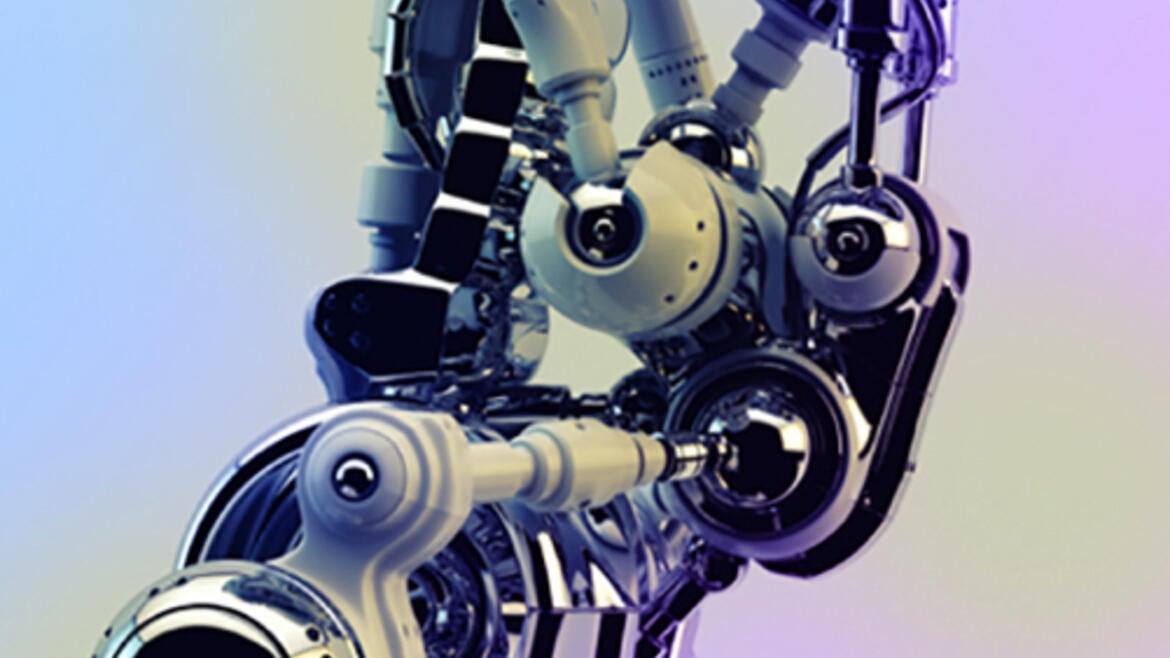Colloquium: Dr. Manuel Gamero-Castaño

Electrospray Phenomena: Nanodroplet Sputtering and Electrospray Ionization
Dr. Manuel Gamero-Castaño
Department of Mechanical and Aerospace Engineering
University of California, Irvine
Advanced fabrication techniques use ion beams to sputter hard materials. Neutral molecules with sufficient energy are better projectiles because, in the absence of space charge, the beam's molecular flux and the sputtering rate can be orders of magnitude higher. This seminar introduces electrosprayed nanodroplets as projectiles for sputtering. Compared to ions, nanodroplets are massive groups of neutral molecules (e.g. ~153,000 molecules) with several elementary charges. Acceleration voltages below 20 kV generate kinetic energies of tens of eV per molecule. When these energetic nanodroplets bombard a [100] Si wafer, atoms are ejected from the target surface. Depending on the energy of the projectiles, the impacts produce either a multitude of craters much larger than the nanodroplets, or a smooth surface. The two surface morphologies are carved at very high and different rates, suggesting the existence of two distinct sputtering mechanisms.
Electrospray is best known for its ability to transfer large and highly charged biological species from solution into the gas phase. But it can also produce gas-phase ions of a vast number of other species, including cluster ions. Two competing hypotheses have been widely invoked to account for the formation of such ions from the small and highly charged electrospray drops. Dole's "charged-residue" mechanism involves multiple subdivisions of the initial drops into smaller drops via a chain of Coulomb explosions. This process has been thought capable of producing drops small enough to contain a single ion, which would be liberated as a "charged residue" after complete evaporation of the solvent. Iribarne and Thomson reasoned alternatively that the intense electric fields present on the surface of sufficiently small drops were sufficient to field-evaporate small solvated ions. We will present a series of experiments where the phenomenology of cluster ion generation is described.
Manuel Gamero-Castaño received his B.S. in Chemical Engineering from Escuela Superior de Ingenieros (Universidad de Sevilla, Spain, 1995), and his Ph.D. in Mechanical Engineering at Yale University (1999). His Ph.D. thesis was awarded the S. K. Friedlander Award from the American Association for Aerosol Research in 2001. M. Gamero-Castaño joined Busek Co Inc (Natick, MA) in 1999 where he worked in electric propulsion for spacecraft. He transferred to the Jet Propulsion Laboratory as a Senior Engineer in 2004, where he developed colloid thuster technology for NASA's DRS-ST7 and LISA missions. M. Gamero-Castaño joined UC-Irvine's Department of Mechanical and Aerospace Engineering as an assistant professor in July 2007. His research focuses on colloid thrusters, electrospray atomization, and the development of aerosol diagnostics.